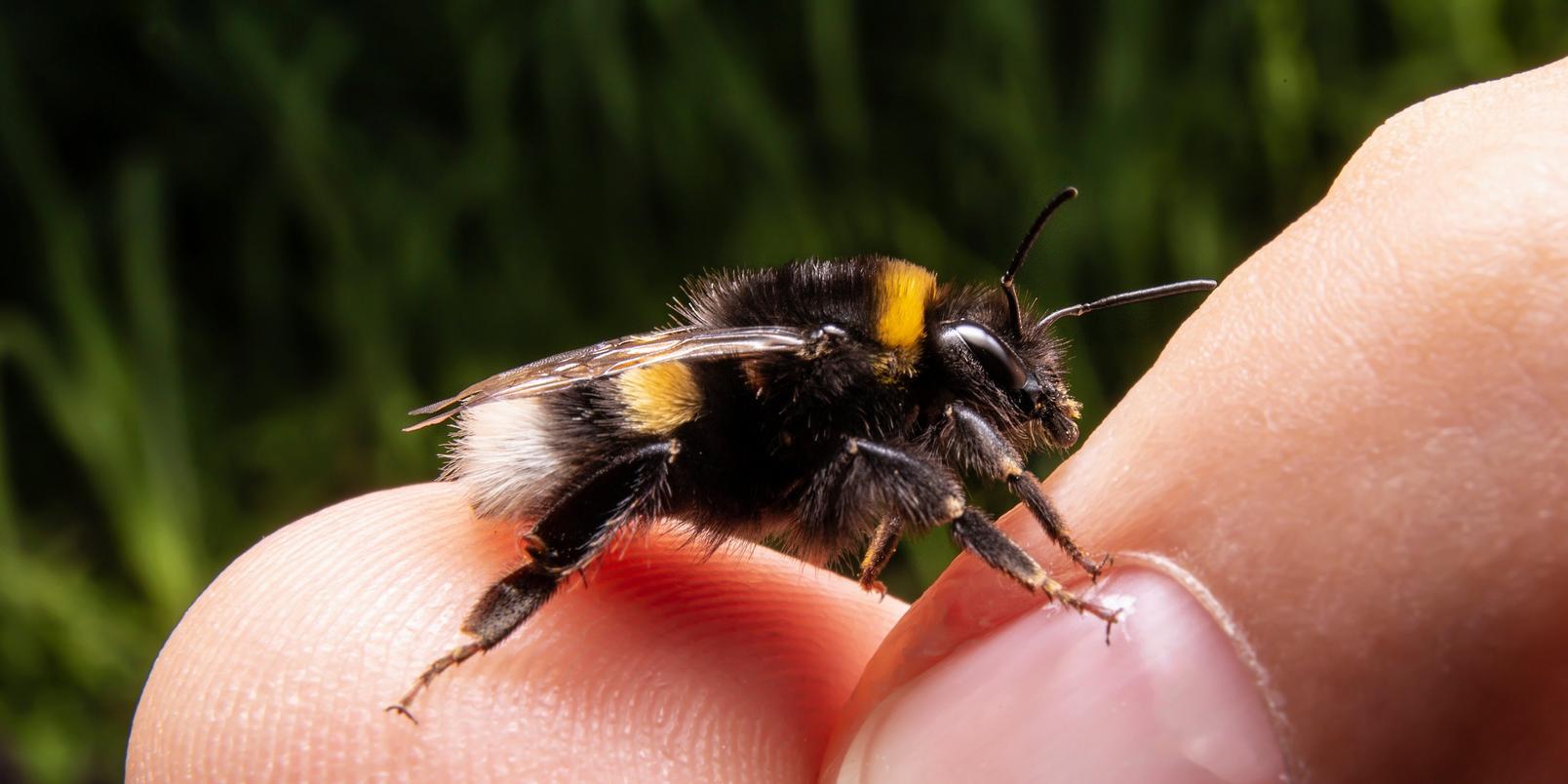THEY CAN COVER 1,500 FLOWERS IN A DAY
In one day, a worker bee can visit 1,500 flowers to collect 0.5g of nectar. They can fly for up to six miles reaching speeds as fast as 15mph! That's faster than your old moped you had when you were a teenager. A bee would need to fly 90,000 miles to create just one pound of honey but when they make their trip, they don’t complete it in one go. Instead, they will leave the hive around 15 times a day and visit around 100 flowers on each trip. For 454g of honey, it will take around two million flowers. Pretty impressive, we'd say.
BEES SOMETIMES NEED A LITTLE HELP
While they work with military precision, bees sometimes need our help. As well as making your garden bee-friendly with plants, if you live in an area which has little natural habitats for bees `– such as some new housing estates which haven’t planted trees yet – you can add a bee hotel into your garden. These handy little houses provide much-need shelter for our stripey friends.
Solitary bees, for example, can only fly a few hundred metres (not that far in comparison to the honey bee) and as their name suggests, they're loners who don’t have colonies to return to.
So having resting zones can be a big help. Grow plenty of flowers around your bee hotel so your guests can get food on-site and they'll also create an attractive space in your garden.
